As a business owner, you're focused on growth. You keep improving your product and making your customers happy. Every day, there are a number of problems to solve on your to-do list. One that really makes a difference is NPS detractors.
In a rush to acquire new customers and grow, it’s easy to neglect the existing customers or ignore how important unsatisfied customers are to your business.
In this blog post, you’ll learn why NPS campaigns are important, who NPS detractors are, how to spot them, why they're essential for your business growth, and how to make them work for you.
But, first, let's take a look at the NPS survey question:

What Is an NPS Detractor?
An NPS detractor is someone who is unhappy with your product or service.
If you’re unfamiliar with NPS or Net Promoter Score: An NPS survey aims to determine how likely a customer is to recommend your brand to someone else. He or she rates the likelihood on a scale from 0 to 10, with 10 meaning highly likely to recommend you. The number they choose is the NPS score.
An NPS detractor is anyone who gives your company a score from 0-6 in an NPS survey. There's a good chance that they make up a small fraction of your entire customer base. Still, their impact can be massive.
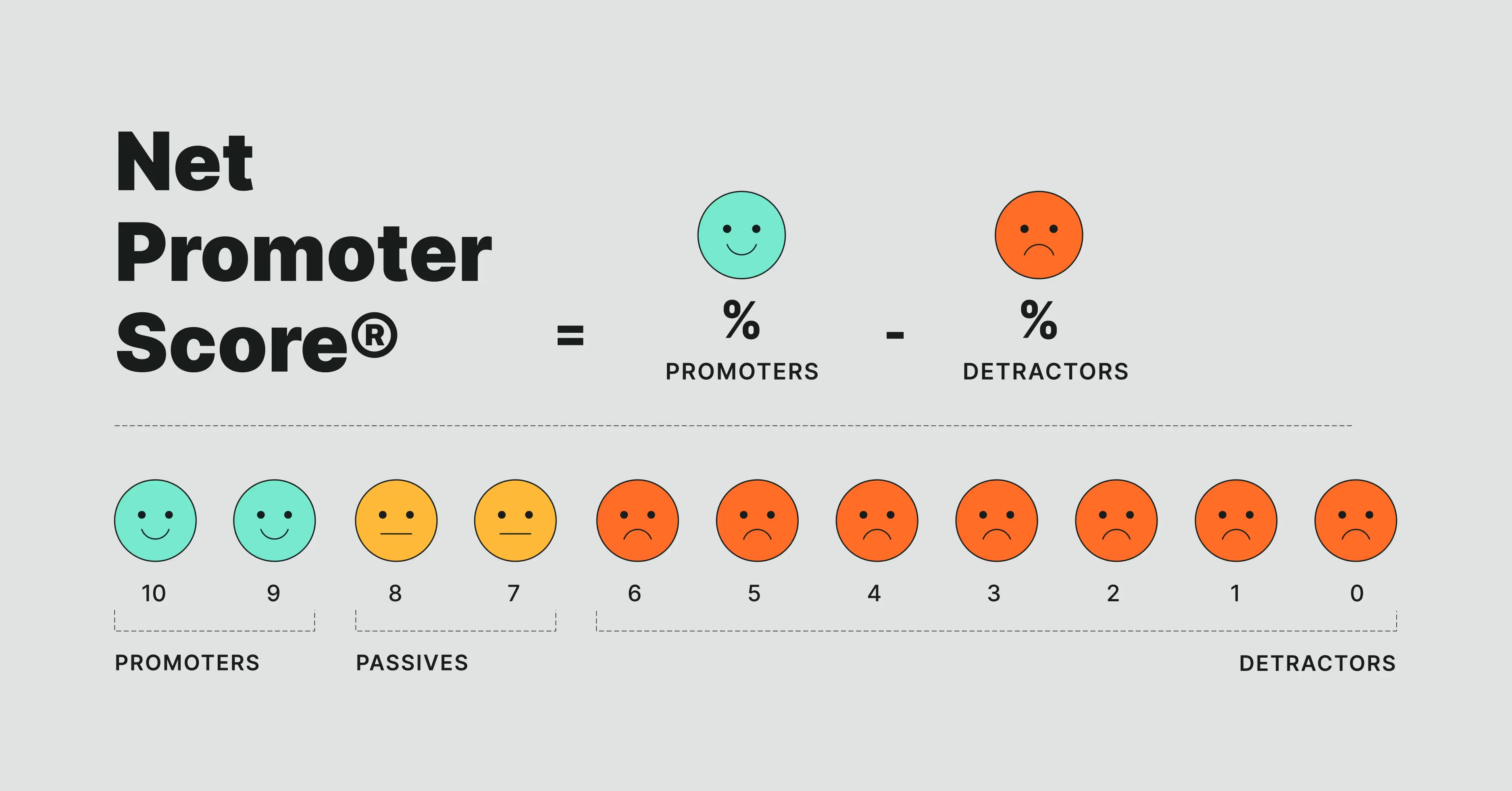
Not only can they leave your business without spending a cent and turn your good Net Promoter Score into a much worse one, but they can also damage your brand in other ways. As, besides leaving you to the benefit of your competition, disgruntled customers tend to spread bad word about you, leaving negative reviews and discouraging future customers.
With that in mind, it's crucial to identify NPS detractors as early as possible and make sure that you turn them into happy customers.
How to Identify NPS Detractors?
The most straightforward way to go about it is to set up an NPS survey, distribute it among your customers and wait for the scores to roll in. Everyone who gives you a score between 0 and 6 is a detractor and deserves special attention.
NPS surveys aren't the only method to determine if someone is a detractor or not. There are other ways to gauge how satisfied a customer is, such as CSAT or CES scores.
CSAT or customer satisfaction surveys measure your customers' opinions about a specific aspect of your offer, be it a new feature or a design element.
They are great for gaining feedback on a particular aspect of a business. However, NPS surveys are better for identifying NPS detractors. They're also open-ended so that customers get the chance to leave more feedback for you to learn.
CES or Customer Effort Score is a survey to measure how easy, or difficult, an action is to perform within your product. In other words, how much effort a customer has to put to achieve their goals. While effort isn't the ultimate sign of success, it’s a good customer experience metric and an indicator of how good user experience your product or service offers
Even though CSAT and CES serve other goals than identifying detractors, they send you warning signals: A customer who gives you low CSAT and CES scores is also highly likely to become a detractor. It’s worth looking into their case by sending follow-up surveys and finding out how you can help them.
How do you respond to NPS detractors?
First of all, don't focus too much on your score. Identify your detractors, and then:
- Own up to the mistake and don't be defensive.
- Find out more about the detractors' situation.
- Put together an action plan on how to resolve their issue.
- Address the issue.
- Follow up.
This is just a very rough outline of the actions you need to take. Your specific steps will depend on your situation and the person you're dealing with. (More on making your detractors happier - in the upcoming sections.)
How Can Detractors Ruin Your Business?
Every good business owner is focused on making their customers happy.
If you think it’s not a big deal if 10 out of 1,000 customers are unhappy, think again. Your detractors are often the loudest customers you have (or had before they left). As such, they can do quite a bit of damage to your brand. Here's how:
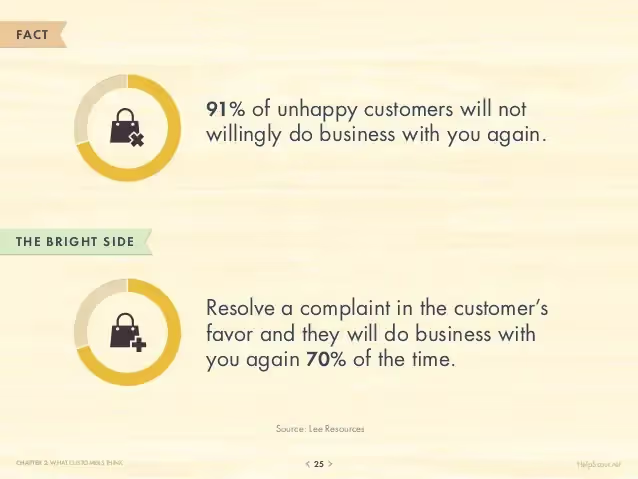
They leave bad reviews
This is a major issue as 89% of consumers consult reviews before purchasing a product or service. In general, unhappy customers are much more likely to voice their opinion than those who are thrilled with you.
Moreover, 79% of buyers trust the reviews they see online, which means that you should do your best to encourage more reviews and manage them properly.

The same source states that 54% of customers will read at least 4 different reviews before purchasing. And if you're wondering where they look, half of all customers browse Google for reviews of your product.
Combine these two factors, and you'll see that even a handful of detractors can make as much of an impact as hundreds of customers who are ecstatic with your business but remain silent.
They churn quickly
For any business (and especially SaaS), churn is a silent killer. Churn means that users are slowly leaving your company, so the lower it is, the better. By reducing your churn from 2.5% to 1% you’re able to double customers in 8 years! So, it’s in your best interest to keep it low.
Wondering how to be a part of the solution, not the problem? All you have to do is solve the issue on the first interaction. Research shows that this prevents 67% of churn cases!
They can easily create a social media crisis
Have you ever seen a Facebook thread where an angry customer started going crazy on a brand and thought: "I wouldn't want to be their social media manager today..."?

Cases like these can happen easily. Your detractors can put on a show in front of your followers, spurring distrust not only among your potential customers but also the existing ones.
They go to your competitors
If someone needs accounting software and yours doesn't make them happy, they won't give up on accounting software altogether. They'll join your competitors’ client base.
To secure yourself the market share you want, reduce the number of NPS detractors and turn them into promoters of your brand.
Easier said than done? Not really - here's how to get started
7 Strategies to Turn NPS Detractors into Promoters
When you think about it, your brand’s critics are more likely to become ambassadors than passives.
They are passionate and vocal about expressing their opinion. If you can make them happy, they will be just as likely to endorse you as they are to bad-mouth you when disgruntled.
Here are 8 actionable strategies to turn NPS detractors into promoters for your brand.
1. Encourage feedback and make it easy to get in touch
Every customer wants to be heard. It's your role to make it easy to do so at each step of their buyers' journey. Whether on your website, within your app, through email marketing, or in social media, give customers ample space to speak their minds.
One of the most practical ways is to use survey software such as Survicate to run your NPS campaign. We have dozens of templates with carefully-crafted questions. Running it is quick and easy no matter what communication channel you use—email, website, app, or even in-product. Plus, survey logic and follow-up questions help you learn *why* detractors feel the way they do.
For example, Survicate's integration with tools like Intercom makes it easy to send and manage surveys directly from email or your Intercom chat.
Besides this tool, Survicate offers integrations with Salesforce, Intercom, Zendesk, Mailchimp, and Hubspot so that you can easily make collecting customer feedback part of your workflow.
Once you have a host of tools that allow easy customer feedback collection and analysis, you're one step closer to moving NPS detractors to the passive group, if not even promoters.
💡 YOU MAY ALSO BE INTERESTED IN: NPS with follow up questions - survey template.
2. Close the feedback loop
Using surveys to capture customer feedback is just the beginning. Once you know what is wrong and do your best to fix it, let your customers know that you resolved the issue.

You need to close the feedback loop: Let the NPS detractor know that the very thing they complained about is now fixed. This way, they'll immediately see that you care about their issue. If you do it right, you'll make him or her a loyal promoter, not a detractor.
3. Respond quickly
According to research, 46% of customers expect an answer from a company in less than 4 hours. That's a high standard, but when you think about it, it makes sense.

4 hours isn’t long, but typing your competitor's name into Google and signing up with them takes much less than that. Every moment you waste to resolve a detractor's issue is a minute they may spend moving on to a competitor's product.
One of the easiest ways to solve your NPS detractor issue is to nip their complaints in the bud and address them before things spiral down.
4. Listen and show empathy
Sending a detractor a generic message thanking them for their feedback won’t do the job. Show them that you empathize with their situation and that you're doing all that you can to resolve it quickly.
Whether you're on the phone or sending them an email, show that you care by using expressions such as "I know you're upset with this situation" or "I know it feels very annoying."
Acknowledge their issue and don't brush it off.
One great way to do this is to use the LATTE approach:
- Listen to the customer.
- Acknowledge the problem/situation.
- Take action and solve the problem.
- Thank the customer.
- Explain why it happened.
LATTE and similar approaches focus on the core aspects of great customer service. An NPS detractor is a detractor purely because of subpar customer service. You can easily sort that out.
5. Don't overpromise or underdeliver
Be careful when making promises to NPS detractors. If you tell them you’ll resolve an issue, put your money where your mouth is. Making a false promise will only add fuel to the fire.

Instead, be realistic about what you promise so that you can deliver on your promises without aggravating the situation.
6. Set up a prioritizations system
If you collect user feedback, you surely know that the negative piece of feedback is particularly valuable for you. Happy feedback makes you feel good but does not offer actionable ideas for Net Promoter Score improvement.
To distill the important feature or amendment requests from those of low business value, your need to compare them with their NPS scores. And focus on those that are frequent and have low NPS scores, possibly being submitted by detractors.
Use a customer feedback platform like Survicate to prioritize feedback according to the criteria you set. That way, urgent issues get resolved more quickly, and you don't waste time on fixing problems that won't make an impact.
7. Learn from your mistakes
If you notice a pattern - NPS detractors keep having the same complaints, the problem is with you and not your moody customers.
As issues come in and you take care of them, use the opportunity to learn from them. Whether it's upgrading your offer, improving your onboarding, or providing better customer support, don't let the same issues come out time and time again.
For example, Jason Lemkin of SaaStr claims his biggest mistake was launching too early without perfecting the product before making it go live.
When you learn from your mistakes, you stand the chances to win the unhappy customer over and have fewer NPS detractors in the future. Win-win.
Can you convert every single detractor?
In an ideal world - yes. In the real world - it's far from possible. Sometimes, there is no way to please a customer. No matter how much you do for them, there will always be someone determined to be unhappy with your service.
Sometimes, all you can do is let such a customer go and focus on detractors that you can actually turn into brand ambassadors instead.
Wrapping up
Dealing with NPS detractors can be one of the most challenging tasks businesses face. At the same time, they make opportunities and are drivers of positive change. Without their feedback, some issues would never have been fixed, or products and services improved.
Instead of thinking about dissatisfied customers as nuisances, think of them as an opportunity to innovate and grow a happy customer base. Enter into a conversation with them, and who knows - maybe they’ll become your biggest brand ambassadors.
Need a tool that will help you collect and act on user feedback without breaking your workflow? Take Survicate NPS software for a spin. The tool lets you run surveys, identify detractors, and follow up automatically. Check out the 10-day free trial to get access to all Growth plan features.
Learn more:
- What is the Net Promoter Score? 2023 Guide to Top NPS Survey Opportunities
- NPS Calculation: How to Calculate the Net Promoter Score (NPS)
- NPS Email: All You Need to Know to Craft a Perfect Email Survey

.avif)






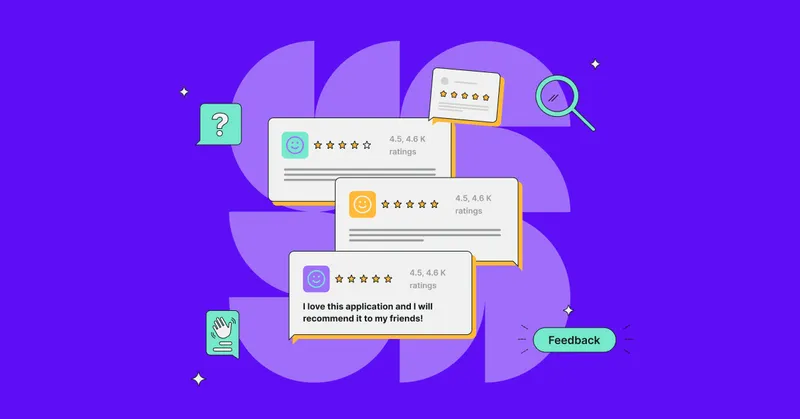
.webp)
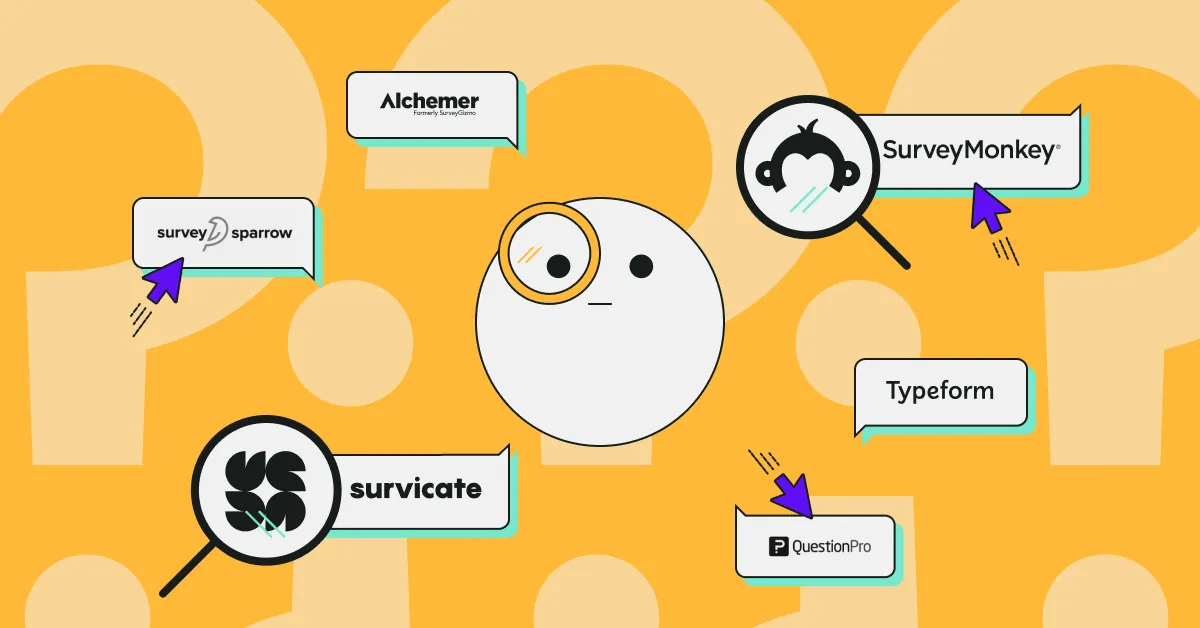
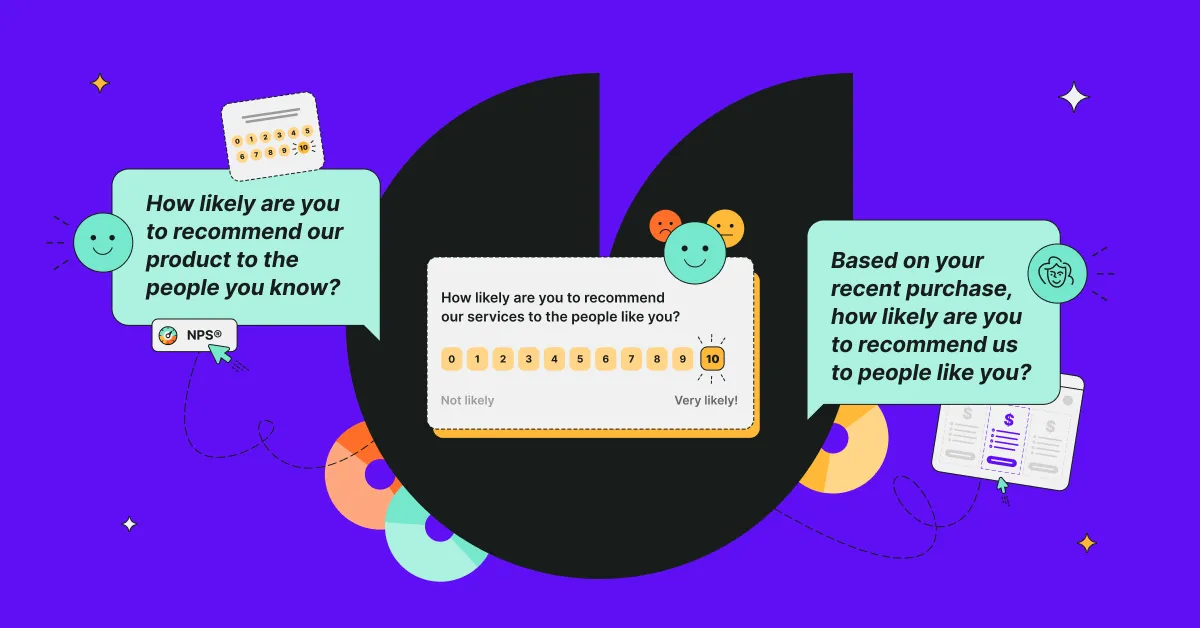
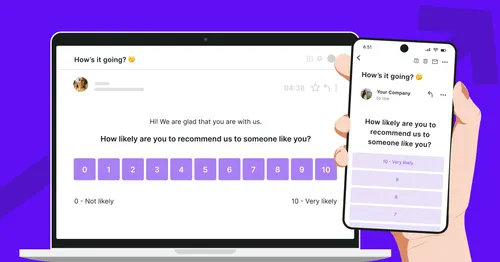
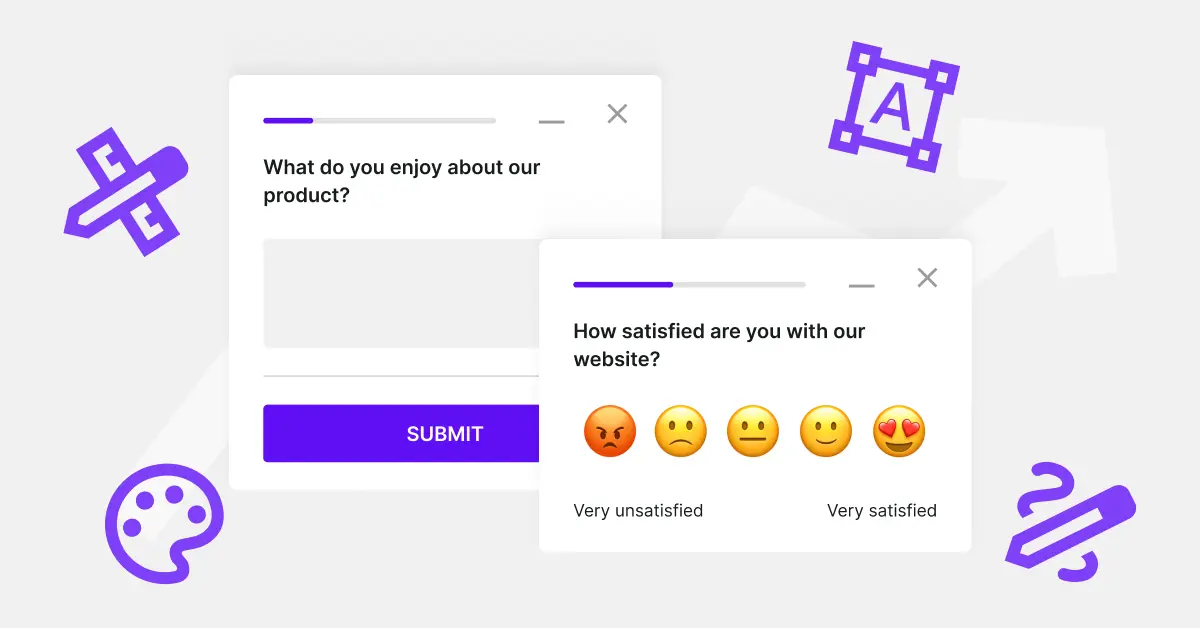
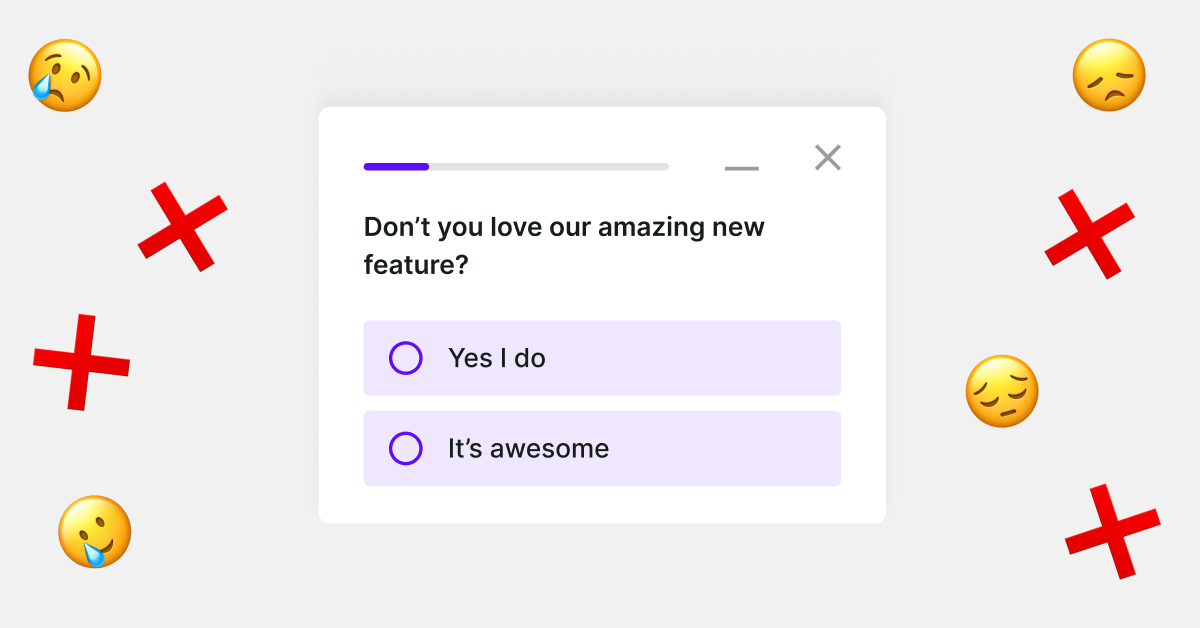
.svg)

.svg)



